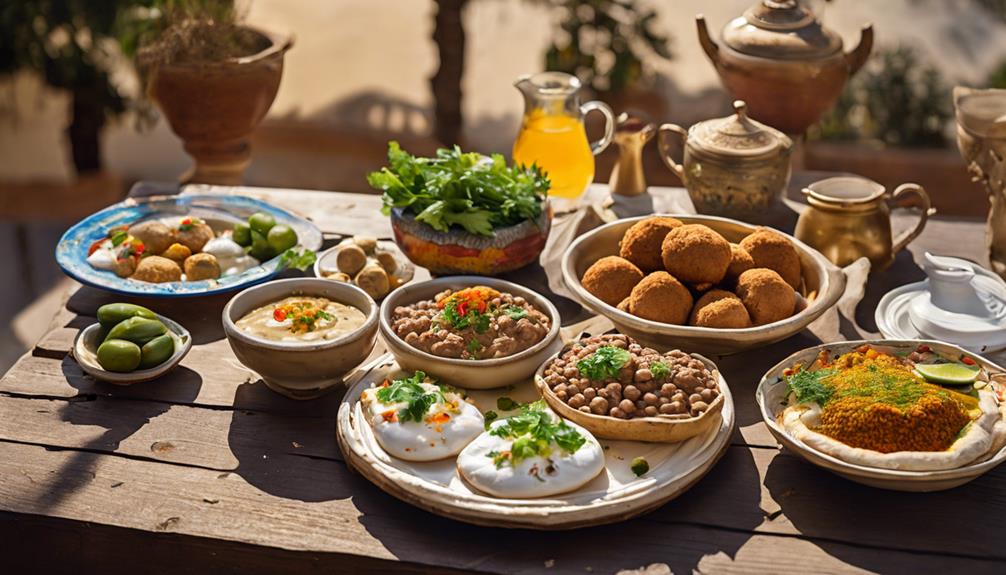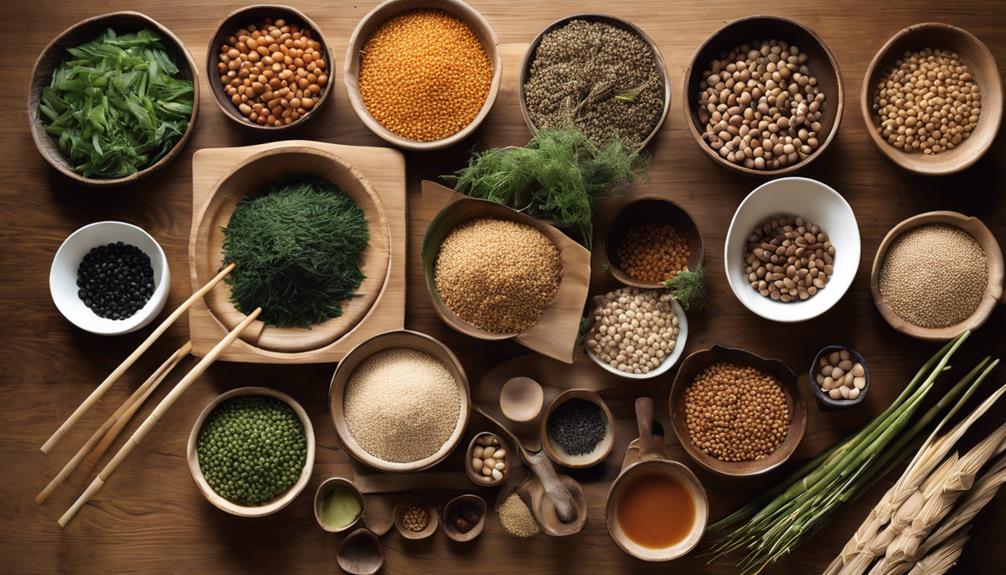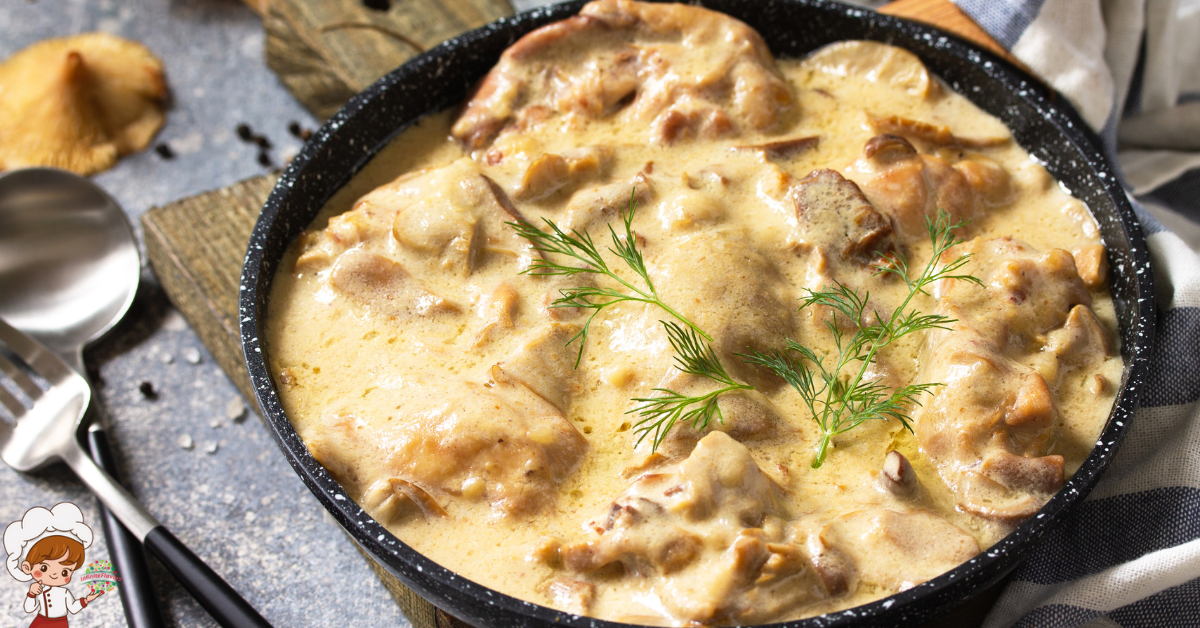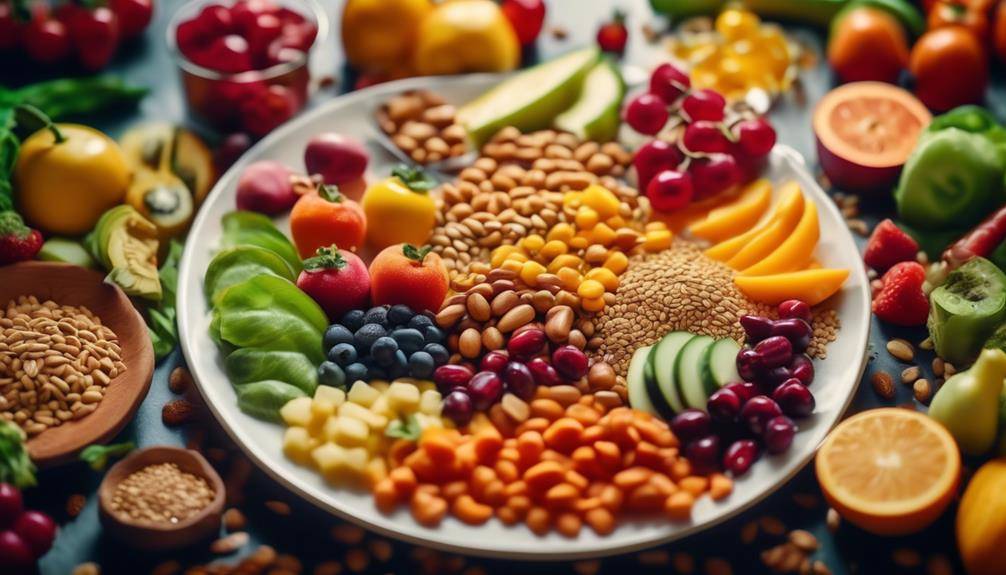Exploring the Best: History and Origin of Classic Fried Rice
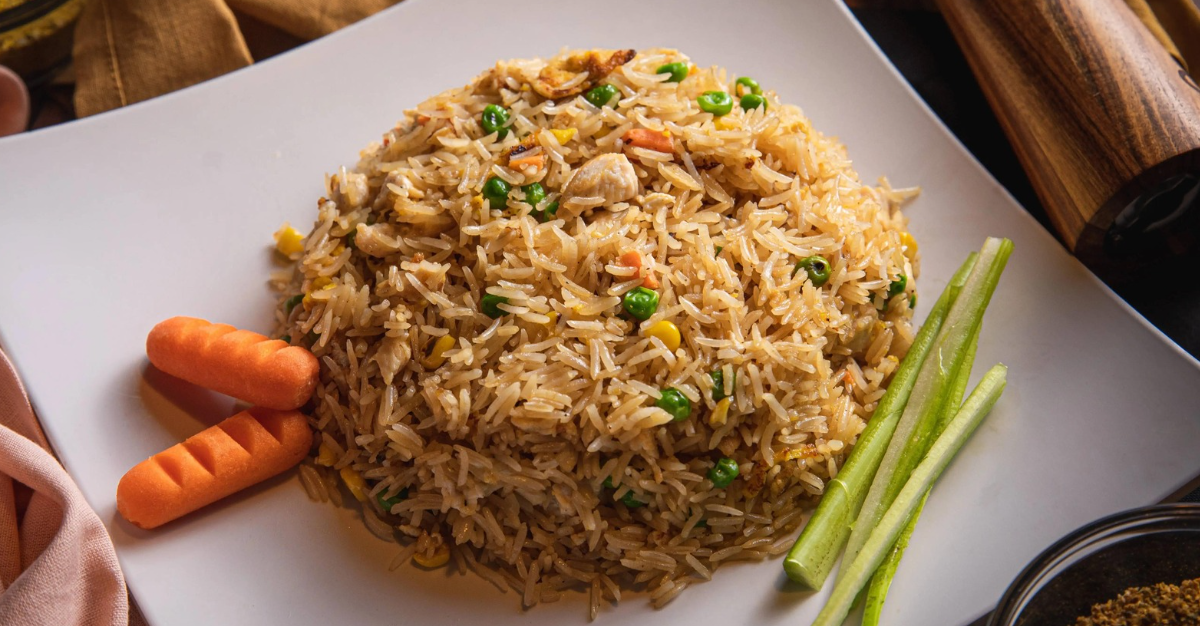
Exploring the Best: History and Origin of Classic Fried Rice
Classic Fried Rice; Dive into the aromatic world of fried rice, a timeless dish that has transcended borders and delighted palates for centuries. The history of fried rice is a fascinating tale that weaves through diverse cultures, showcasing the culinary ingenuity that transforms simple ingredients into a flavorful masterpiece.
Ancient Chinese Roots: Unearthing the Birth of Classic Fried Rice
Delve into the ancient annals of Chinese culinary history, where the captivating story of fried rice first began. An artful testament to resourcefulness, innovation, and the fusion of simple ingredients, the origins of this beloved dish can be traced back to the heart of ancient China.
Rice Fields and Culinary Ingenuity: In the fertile valleys of ancient China, where rice paddies stretched as far as the eye could see, ingenious cooks found a way to elevate the humble grain into a culinary masterpiece. Leftover rice, a common occurrence in households, became the canvas for a culinary revelation.
The Birth of Stir-Frying: Central to the creation of fried rice was the advent of stir-frying, a cooking technique that would revolutionize Chinese cuisine. Enterprising cooks discovered that rapidly tossing rice and other ingredients in a wok over high heat imparted a delightful smokiness and distinct flavor, turning simple grains into a gastronomic delight.
Utilitarian Origins: Fried rice’s inception was pragmatic, born out of the necessity to minimize food wastage. The resourceful repurposing of day-old rice and combining it with locally available ingredients showcased the ingenuity of Chinese cooks. This thrifty approach not only minimized food waste but also resulted in the creation of a dish that would stand the test of time.
Culinary Alchemy in Ancient Kitchens: As culinary techniques advanced, so did the artistry behind fried rice. Skilled chefs began experimenting with an array of ingredients, incorporating vegetables, meats, and aromatic spices. The wok became their magic wand, transforming the ordinary into the extraordinary.
Symbolism in Chinese Culture: Beyond its culinary prowess, fried rice acquired symbolic significance in Chinese culture. The circular shape of rice grains represented unity and familial bonds, making it a staple at celebratory feasts and family gatherings. Its presence on the dining table signified good fortune and abundance.
Trade Routes and Culinary Exchange: As trade routes expanded, so did the popularity of fried rice. The dish traveled along the Silk Road, encountering diverse cultures and leaving an indelible mark on global cuisine. Its adaptability made it a favorite among traders and explorers, ensuring its place as a culinary ambassador of Chinese gastronomy.
In essence, the origins of fried rice in ancient China are a testament to the resourcefulness and culinary artistry of a bygone era. This culinary treasure, rooted in practicality and enriched with cultural symbolism, continues to captivate palates worldwide, embodying the enduring legacy of Chinese gastronomy.
Silk Road Influences: A Culinary Exchange
Embark on a journey along the Silk Road, where the aromatic grains of fried rice traveled and collided with a plethora of spices, vegetables, and proteins. Discover how the dish evolved, absorbing flavors from different regions and cultures, becoming a versatile canvas for culinary creativity.
Global Spread: Classic Fried Rice Across Continents
Trace the global spread of fried rice as it traversed oceans and continents, adapting to local ingredients and palates. From the streets of Bangkok to the kitchens of New York, explore the regional variations that have made fried rice a beloved staple in international cuisine.
Cultural Significance: More Than Just a Dish
Delve into the cultural significance of fried rice, a dish that goes beyond the realm of culinary delight. Uncover its role in festivals, celebrations, and family gatherings, where it serves as a symbol of prosperity, unity, and the joy of shared meals.
Techniques and Varieties: The Art of Classic Fried Rice
Unravel the artistry behind perfecting fried rice, from choosing the right type of rice to mastering the technique of stir-frying. Explore the myriad varieties, from classic Chinese Yangzhou fried rice to Thai pineapple fried rice, each boasting a unique combination of flavors and textures.
Iconic Pairings: Classic Fried Rice and Culinary Companions
Discover the perfect companions for fried rice as it shares the spotlight with delectable side dishes and condiments. From soy sauce to kimchi, explore the pairings that elevate the flavors of fried rice, making it a culinary symphony on the plate.

Classic Fried Rice
Ingredients
- 2 cups cooked jasmine or long-grain white rice preferably day-old and chilled
- 2 eggs beaten
- 1 cup mixed vegetables peas, carrots, corn, and diced bell peppers
- 1 cup cooked and diced protein chicken, shrimp, or tofu
- 3 tablespoons soy sauce
- 1 tablespoon oyster sauce
- 1 teaspoon sesame oil
- 3 tablespoons vegetable oil divided
- 3 green onions finely chopped
- 2 cloves garlic minced
- Salt and pepper to taste
Instructions
- Preparation:
- Ensure that all your ingredients are prepped and ready before you start cooking. This helps in the quick assembly of the dish.
- Heat the Wok:
- Place a wok or large skillet over medium-high heat. Add 2 tablespoons of vegetable oil and let it heat until shimmering.
- Scramble the Eggs:
- Pour the beaten eggs into the wok and let them set for a moment. Gently scramble the eggs until they are just cooked. Remove them from the wok and set aside.
- Sauté Vegetables:
- In the same wok, add the remaining tablespoon of oil. Add the minced garlic and stir-fry for about 30 seconds until fragrant. Add the mixed vegetables and cook until they are tender-crisp.
- Add Protein:
- Incorporate the cooked protein of your choice (chicken, shrimp, or tofu) into the wok. Stir-fry for a few minutes until heated through.
- Add Rice:
- Break up the chilled, day-old rice and add it to the wok. Use a spatula to mix the rice evenly with the vegetables and protein.
- Soy Sauce and Oyster Sauce:
- Pour the soy sauce and oyster sauce over the rice. Continue stirring to ensure the sauces are evenly distributed.
- Combine Eggs:
- Add the scrambled eggs back into the wok. Toss everything together to combine. The rice should be well-coated with the sauces, and the ingredients should be evenly distributed.
- Season and Finish:
- Season the fried rice with salt and pepper to taste. Drizzle sesame oil over the dish and give it a final toss. This adds a delightful aroma.
- Garnish and Serve:
- Sprinkle finely chopped green onions over the fried rice for freshness and color. Serve the fried rice hot, either as a standalone dish or as a side to your favorite Chinese entrée.
Evolution in Modern Times: Fusion and Innovation
Witness the evolution of fried rice in modern times, where chefs around the world continue to push culinary boundaries. Explore fusion creations and innovative twists that add a contemporary flair to this timeless dish, keeping it relevant in today’s diverse culinary landscape.
Conclusion:
As we conclude our culinary journey through the history and origin of fried rice, it becomes evident that this dish is not just a meal; it’s a story. A story of resourcefulness, adaptation, and the shared joy of savoring a dish that has stood the test of time. Join us in celebrating the rich tapestry of flavors that fried rice brings to our tables, connecting us to the past while embracing the ever-evolving world of gastronomy.



